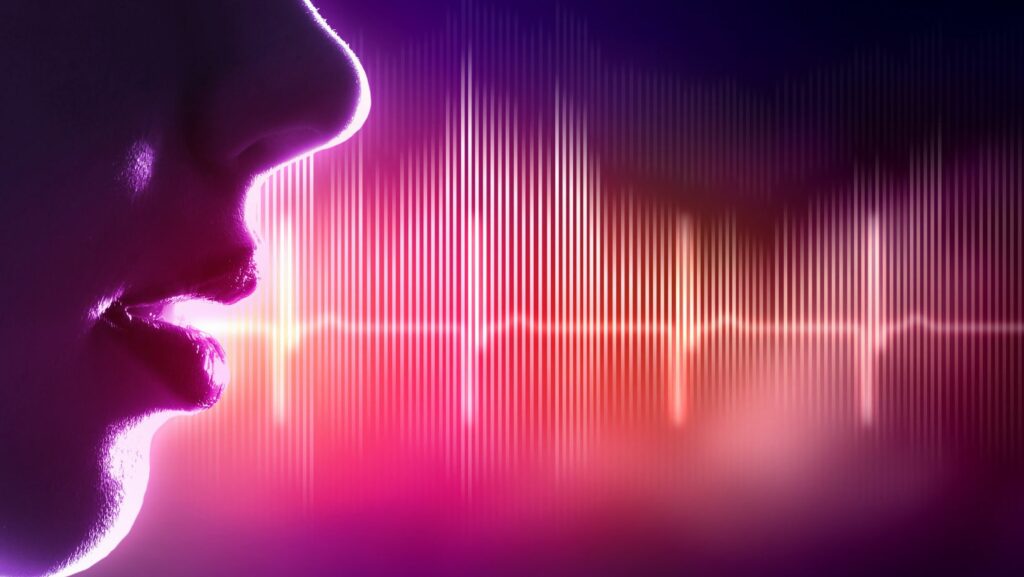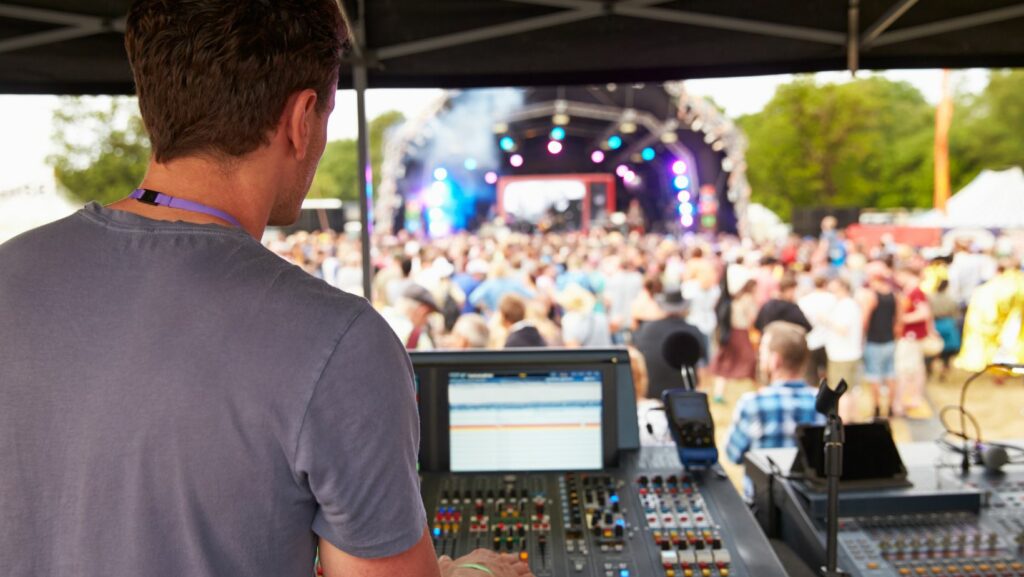The iconic Windows startup sound has been a familiar melody for millions since its debut in the early 1990s. This brief but memorable audio cue has evolved alongside Microsoft’s operating system, reflecting technological advancements and shifting user expectations. Each iteration not only marked a new chapter in software development but also captured the zeitgeist of its time.
From the soothing chimes of Windows 95 to the modern tones of Windows 10, these sounds have become a nostalgic element for many users. They symbolize the beginning of countless digital journeys, setting the tone for productivity, creativity, and exploration. The evolution of the Windows startup sound is a testament to the power of audio branding in technology.
As Microsoft continues to innovate, the startup sound remains a subtle yet significant part of the user experience. It bridges the past with the future, reminding users of how far technology has come while hinting at what’s yet to unfold.
The Origins Of Windows Startup Sound

The Windows startup sound began with Windows 3.1 in 1992. This version marked the first use of audio to signal the operating system’s readiness. Though simple, the sound established the precedent for future iterations. Windows 95 elevated this with an iconic chime composed by Brian Eno, adding a sense of welcoming and sophistication. Microsoft designed this sound to symbolize not just the start of a computer session but the dawn of a new digital era. Each subsequent version of Windows maintained this tradition, adapting the sound to reflect changing times and technological advancements. Through this, the evolution of the Windows startup sound became intertwined with user experience and brand identity. Over time, these sounds became both a technical hallmark and a nostalgic element for many users, representing the consistent innovation in Microsoft’s software development.
Windows Startup Sound Evolution

The 1990s marked a pivotal era for Microsoft, with significant advancements in the operating system and the evolution of the Windows startup sound contributing to its character.
Windows 3.1 And Its Soundless Start
Windows 3.1, released in 1992, didn’t feature a startup sound. Instead, it introduced multimedia capabilities, setting a foundation for future audio features. Although sound was absent during the startup, the era laid groundwork for integrating audio into the user experience.
Windows 95 Introduces The Iconic Chime
In 1995, Windows 95 launched with a revolutionary startup chime, composed by Brian Eno. This 3.25-second sound became instantly iconic, signaling a technological leap forward. It offered users a sense of warmth and sophistication, aligning with the rapid evolution of the Windows startup sound.
Current Era: Windows 10 And Beyond

Windows 10 represents a notable shift in the Windows startup sound evolution. The transition reflects modern design philosophies emphasizing minimalism and user preferences.
Windows 10’s Silent Start
Windows 10 defaults to a silent startup, marking a departure from the tradition of iconic boot sounds. Microsoft, influenced by user feedback and a contemporary aesthetic prioritizing sleek and unobtrusive operation, opted to remove the startup sound. This decision aligns with trends toward quiet computing environments in both personal and professional settings.
Speculation On Future Windows Sounds
Future Windows versions may continue the trend of silent startups, although the possibility of reintroducing startup sounds remains. Developers might focus on customizable audio cues, allowing users to personalize their startup experience. This evolution could reflect an adaptive approach, catering to individual preferences and technological environments while acknowledging the nostalgic value of the classic Windows startup sound.
The evolution of the Windows startup sound illustrates a fascinating journey through technological advancements and shifting user expectations. From the iconic chimes of Windows 95 to the silent startup of Windows 10, each iteration reflects a unique era in computing history. This progression not only highlights the role of audio branding but also underscores the cultural significance of these sounds in users’ digital experiences. As Microsoft continues to innovate, the legacy of the Windows startup sound remains a testament to its enduring impact, bridging past memories with future possibilities in personal computing.



